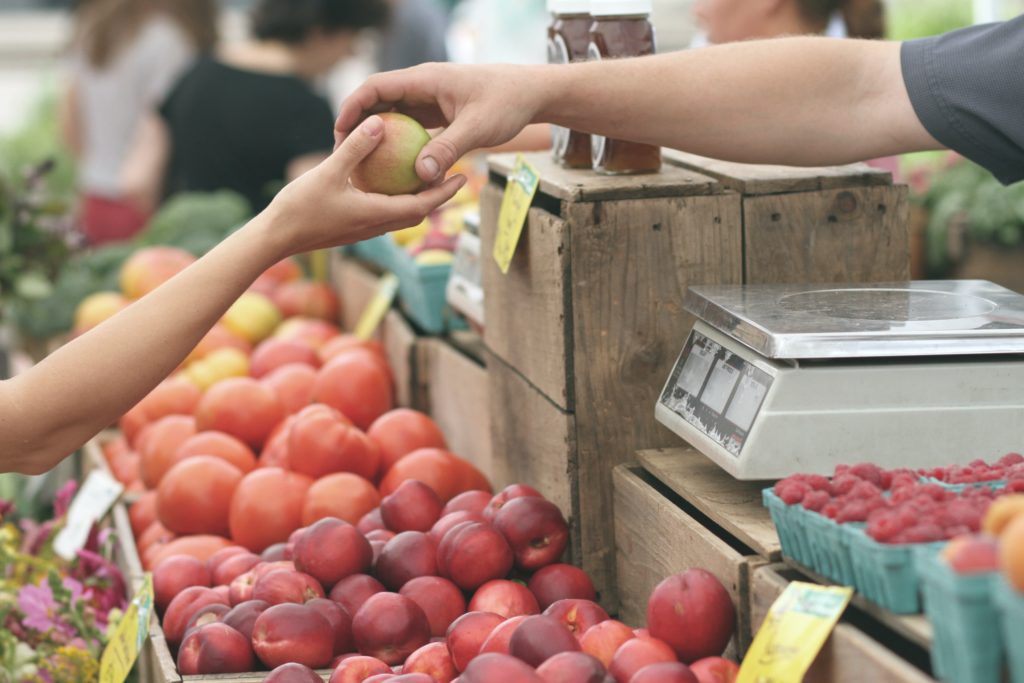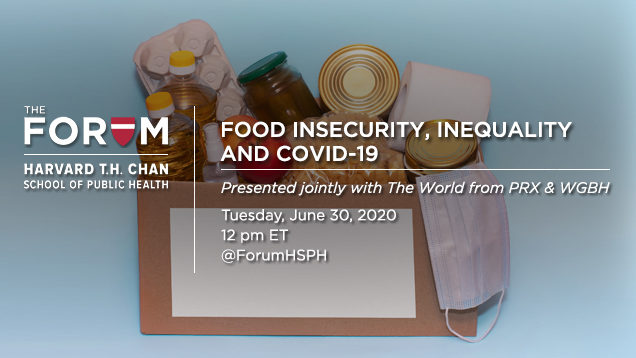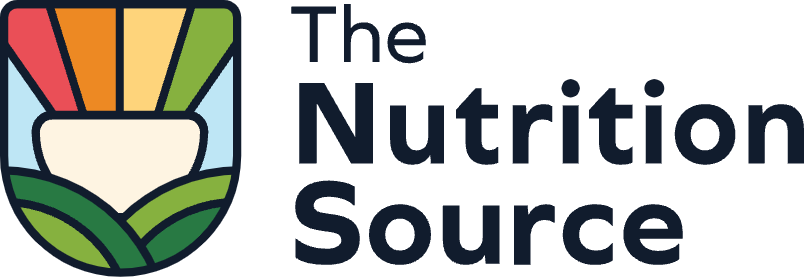
If you (or someone you know) are struggling to afford enough food to keep yourself or your family healthy, there are several options to help. In the U.S. the federal government offers food assistance programs for citizens and legal non-citizens whose income meets certain guidelines and/or who have certain nutritional needs. Additionally, there is a wide network of food pantries nationwide that provide access to some foods and beverages. People who are temporarily unemployed, such as being laid off or furloughed from a job, may quality for these food assistance programs.
SNAP (Supplemental Nutrition Assistance Program)
Formerly known as Food Stamps, SNAP is a federal program administered by the Department of Transitional Assistance. Its goal is to help people struggling financially to afford adequate food each month. SNAP is by far the largest federal food assistance program, open to nearly any citizen or legal resident below a certain income threshold. It provides a monthly amount that is deposited into an account to purchase food. EBT (Electronic Benefits Transfer) cards are provided to those who qualify for SNAP, which are used like a debit card. SNAP allows purchases of most food items and non-alcoholic beverages at retail grocery stores. It does not allow purchase of prepared ready-to-eat foods or takeout hot meals. It also excludes pet food, alcohol, and vitamin supplements. SNAP is accepted at many farmers’ markets to buy fresh fruits, vegetables, meat, fish, eggs, dairy, and some seeds or plants used to grow food; in some states, SNAP benefits can even be doubled when used at farmer’s markets or to purchase fruits and vegetables. Check with your local farmers’ market to see if they accept SNAP benefits and how to use them; some locations accept EBT cards, while others charge the card in exchange for coupons or tokens that are used like cash.
WIC (Special Supplemental Nutrition Program for Women, Infants, and Children)
WIC is a federal food assistance program specifically targeted to promote nutritional health for pregnant, breastfeeding, and postpartum women as well as their infants and children (up to age 5), as long as their family income is below a certain cutoff. WIC’s income eligibility is higher than SNAP’s, so some families whose incomes are too high to qualify for SNAP, but still low enough that they may struggle with buying healthy food, are eligible for the program. Unlike SNAP, which has a broad goal of preventing food insecurity across the population, WIC has a specific goal of ensuring that the critical periods of gestation, infancy, and early childhood development are supported by adequate nutrition, to ensure proper development and healthy growth.
Because of this (and unlike SNAP, which sets no nutritional guidelines for what can or cannot be purchased with SNAP benefits), WIC benefits are used to purchase set amounts from a specific list of foods and beverages each month. The lists vary according to whether the recipient is a pregnant, breastfeeding, and/or postpartum woman, an infant, or a child. For example, infant formula, cereals, and baby foods are purchased for WIC-participating infants, while benefits for 2-4 year olds can be used to purchase fruits, vegetables, whole wheat bread, brown rice, cereals, soft corn and whole wheat tortillas, fruit juice, eggs, milk, cheese, peanut butter, dried beans or peas, soy milk and tofu. Pregnant and lactating women receive different packages as well. WIC also provides breastfeeding support for mothers who can and choose to breastfeed.
WIC provides a critical nutritional safety net for mothers and young children with low income. Over half of all infants in the U.S. participate in WIC at any given time, and nearly a quarter of 2-4 year olds participate. A large body of research has shown that WIC can help improve the health and development of both mothers and children who participate.
Strengthening WIC’s impact during and after the COVID‑19 pandemic
'Wire' WIC to better serve food-insecure families
Senior Meal Programs
Senior Meal Programs, like Meals on Wheels, are funded under the Elderly Nutrition Program by the Administration on Aging for people ages 60 years and older. These community-based programs offer home-delivered meals and congregate meals eaten in a group setting at senior centers, faith-based centers, or schools. The meals provide at least one-third of the daily recommended dietary allowances for protein, fiber, and most vitamins and minerals. Both home-delivered meals and congregate meal sites offer food at least 5 days a week; some sites offer food on weekends as well. Other food assistance programs for seniors include the Senior Farmers’ Market Nutrition Program, which provides vouchers to local farmers’ markets, and the Commodity Supplemental Food Program, which distributes food packages to limited-income older adults that include nonfat dry milk, fruit juice, cereals, rice, pasta, peanut butter, canned fish, pasta, and canned fruits and vegetables. Adults who quality for these programs may also quality for additional SNAP benefits.
Additional food assistance programs
Resources and information on other food assistance programs, including:
- Programs for children, including the National School Lunch Program, School Breakfast Program, and Summer Food Service Program
- Child and Adult Care Food Program, which provides reimbursement for healthy meals and snacks in child care centers, family child care homes, after school programs, emergency shelters, and adult day care programs
Food Banks, Pantries, and Other Hunger Relief Organizations
In contrast to governmental food assistance, which operates largely as a cash benefit that recipients can use to purchase foods at grocery stores, food banks are warehouses, usually run by nonprofit agencies, where donated food is collected and distributed to community distribution programs such as food pantries, meal programs, and senior centers. Funding is obtained from federal grants, state and local funding, and private donations.
Food pantries operate at the community level and may differ in eligibility requirements. Some use income guidelines such as that for SNAP, while others have no income limits. Enrollment in a federal assistance program such as WIC, SNAP, Medicaid, or Supplemental Security Income automatically qualifies one to use a food pantry. Most require a photo ID (e.g., driver’s license) and proof of residence in the town that the food pantry operates (e.g., utility bill). The types of food available vary as pantries rely on donations and food banks to obtain food. The amount of food also varies, and some pantries may only offer food once or twice a month.
Alongside food banks and food pantries, a range of hunger relief/anti-hunger organizations operate throughout the U.S. Many of these organizations, such as Massachusetts’ Project Bread, seek to address hunger and food insecurity through a range of coordinated actions including advocacy, funding, outreach, research, and education.
Related

WATCH: Food Insecurity, Inequality and COVID-19
Terms of Use
The contents of this website are for educational purposes and are not intended to offer personal medical advice. You should seek the advice of your physician or other qualified health provider with any questions you may have regarding a medical condition. Never disregard professional medical advice or delay in seeking it because of something you have read on this website. The Nutrition Source does not recommend or endorse any products.

